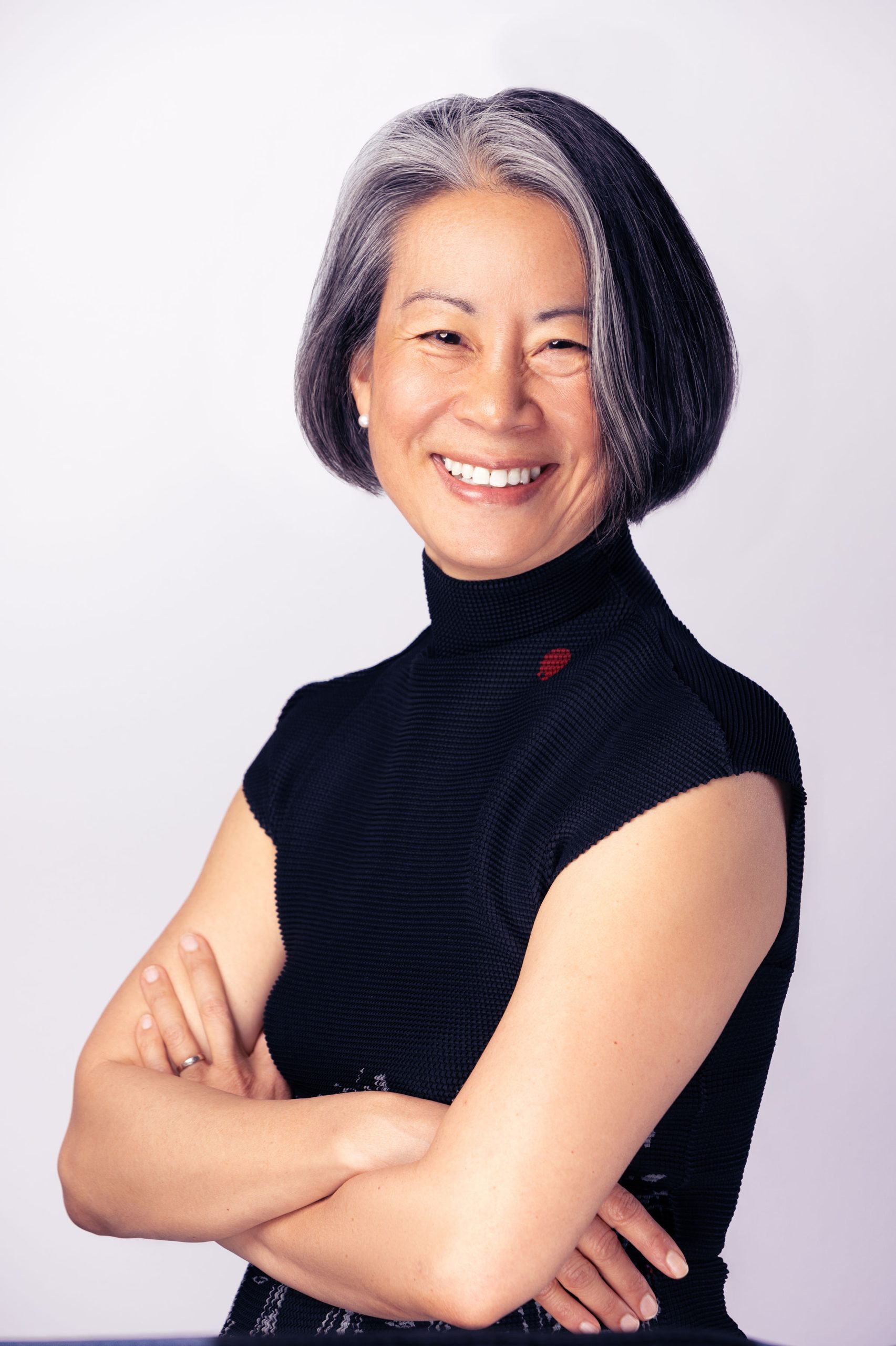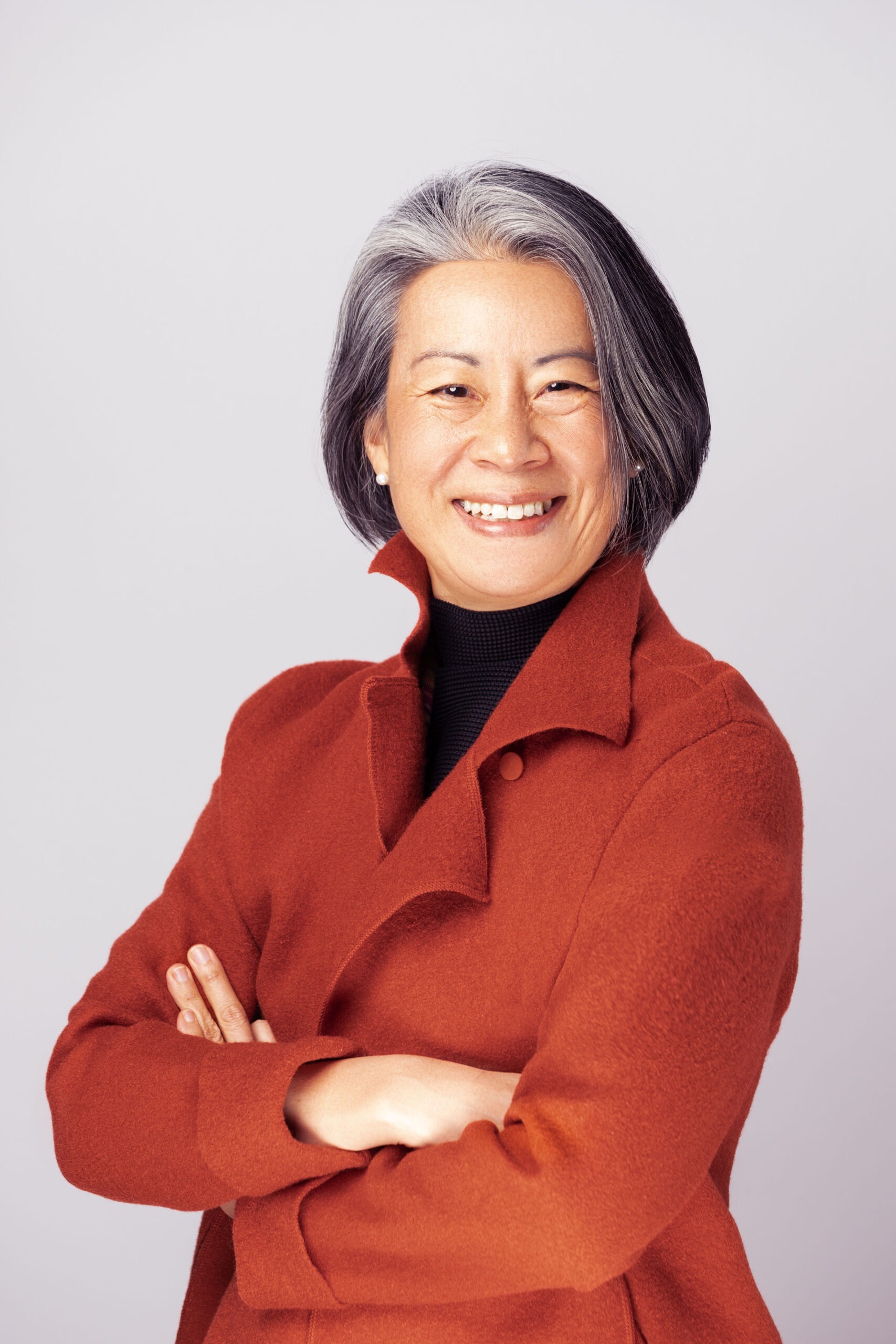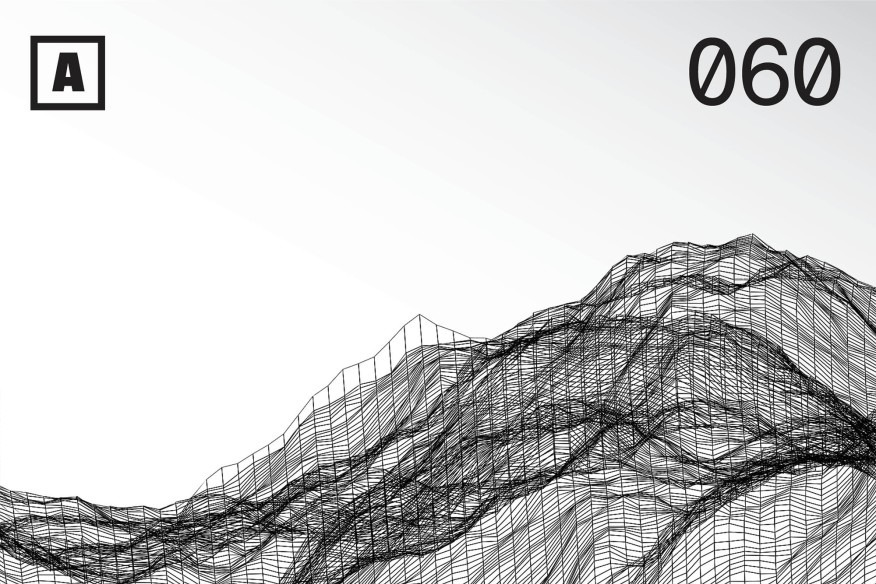- All (229)
- Alumni & Industry (29)
- Architecture (67)
- Climate (31)
- Community (61)
- Construction Management (27)
- Dean (18)
- Equity, Diversity & Inclusion (26)
- Faculty (67)
- Honors & Awards (30)
- In the Media (79)
- Landscape Architecture (36)
- News (40)
- Real Estate (33)
- Research (49)
- Students (43)
- Urban Design & Planning (40)







